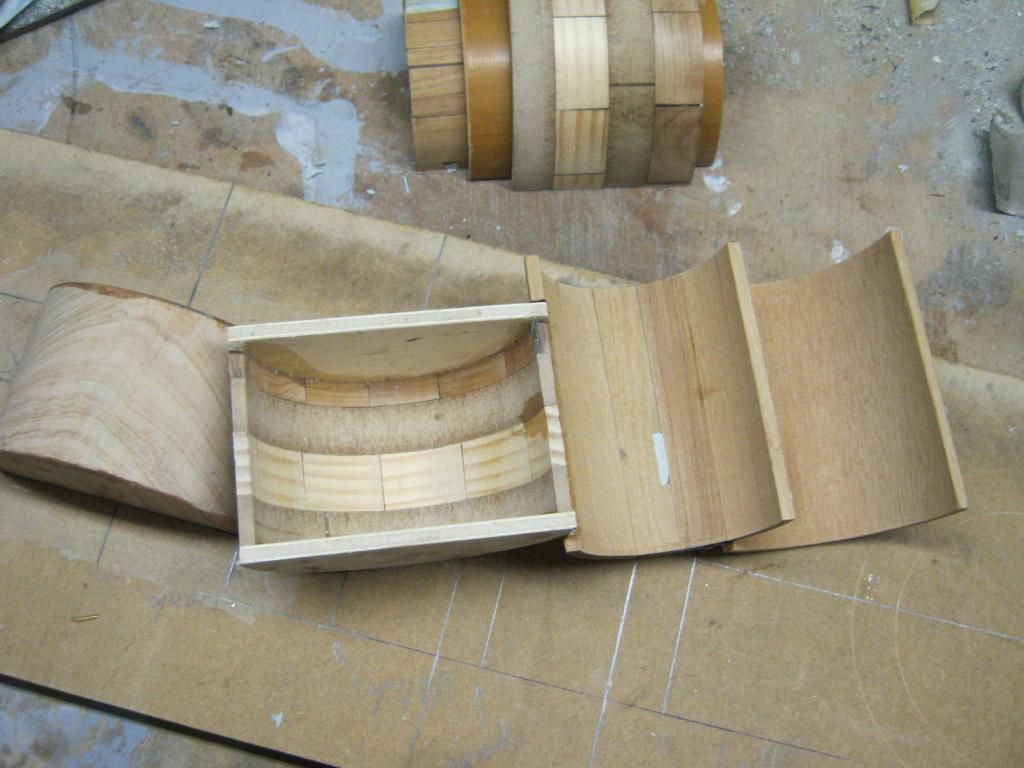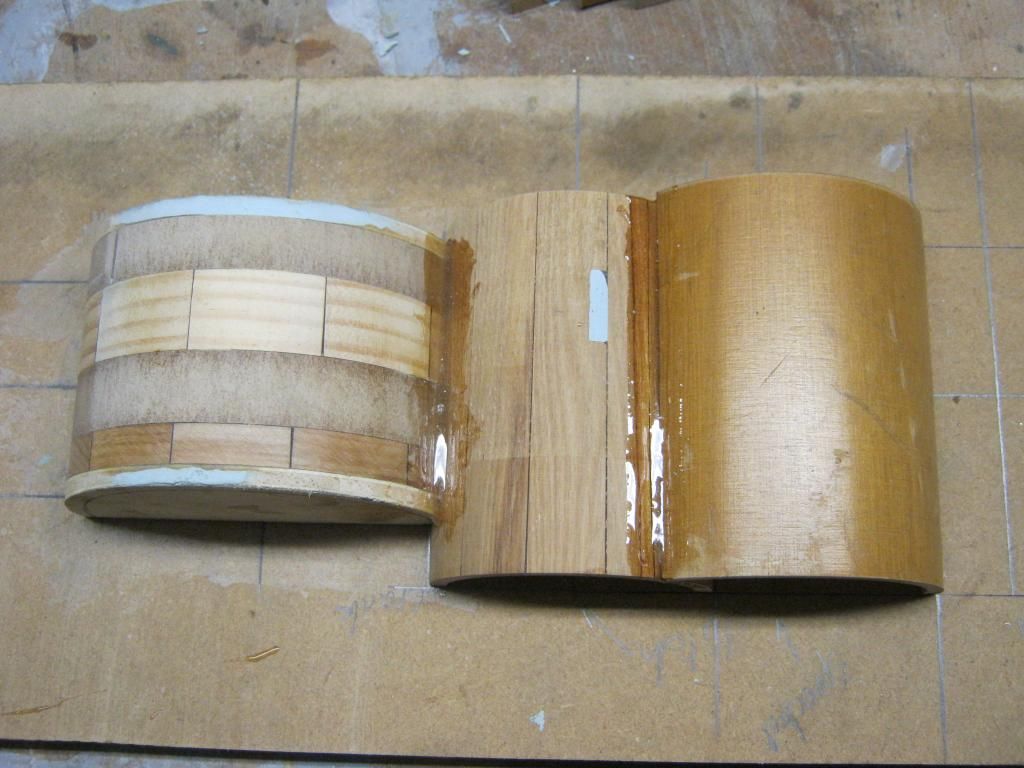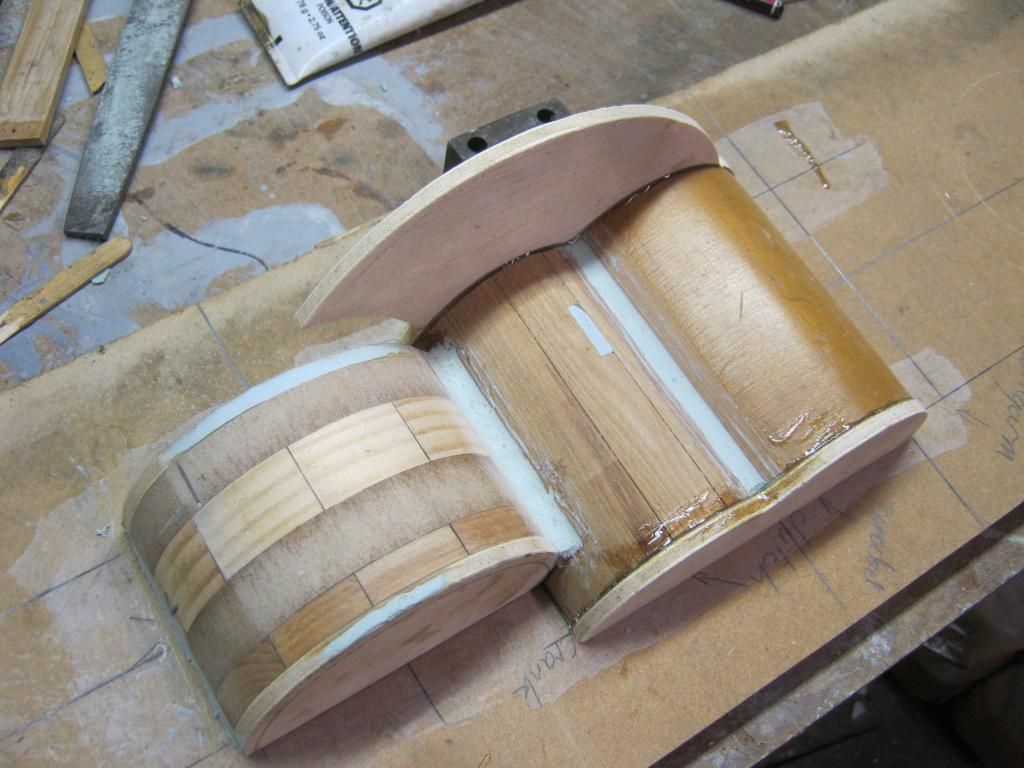Back in town. The video was pretty good, old mate seems to know his stuff. When I saw brake cleaner, I automatically thought of using metho, same as Willy. Schnapps is for drinking I believe.
Over here, we get particle board (or chipboard) and then MDF which is harder and denser. This is not too bad in that the centre is reasonably well packed. The bloke next to us does a lot of CNC routing, and the sheets are held down by vacuum. However, to allow the cutters to go slightly beyond the thickness of the material being cut (chipboard, MDF, plastics and aluminium etc), he uses a sacrificial board of 5 mm chipboard on top of the machine bed, that eventually has to be replaced after it gets too many cutter paths in it. The point of this is that the 5 mm chipboard is porous enough to allow a vacuum (of unknown pressure) to be maintained between it and the job, despite the various leakages. Bit of trivia really.
While in the good old mother country, I went to the Imperial Science Museum and had a squiz at the steam section, you know, James Watt and all his mates. There was a model of a beam engine. See pics at various positions. Quality is poor due to it being in a glass case. There is a linkage mechanism there which seems to provide some sort of compensation allowance for the radius of swing of the beam so that it provides a planar force onto the end of the piston rod. Can't see it doing 30k though.
Attachment 313386Attachment 313387Attachment 313388Attachment 313389Attachment 313390
CO2 sand. My experience is that a sand core, once gassed, does not have a very long life before it begins to lose its strength and is easily crumbled. This might be a matter of hours or a half day or so, possibly dependent on temps and humidity. Is this your experience Neil? Shell cores are great, they last forever, but need heat and metal moulds. I guess it, as always, is dependent on the job, design maturity and quantities etc.







 Reply With Quote
Reply With Quote




Bookmarks